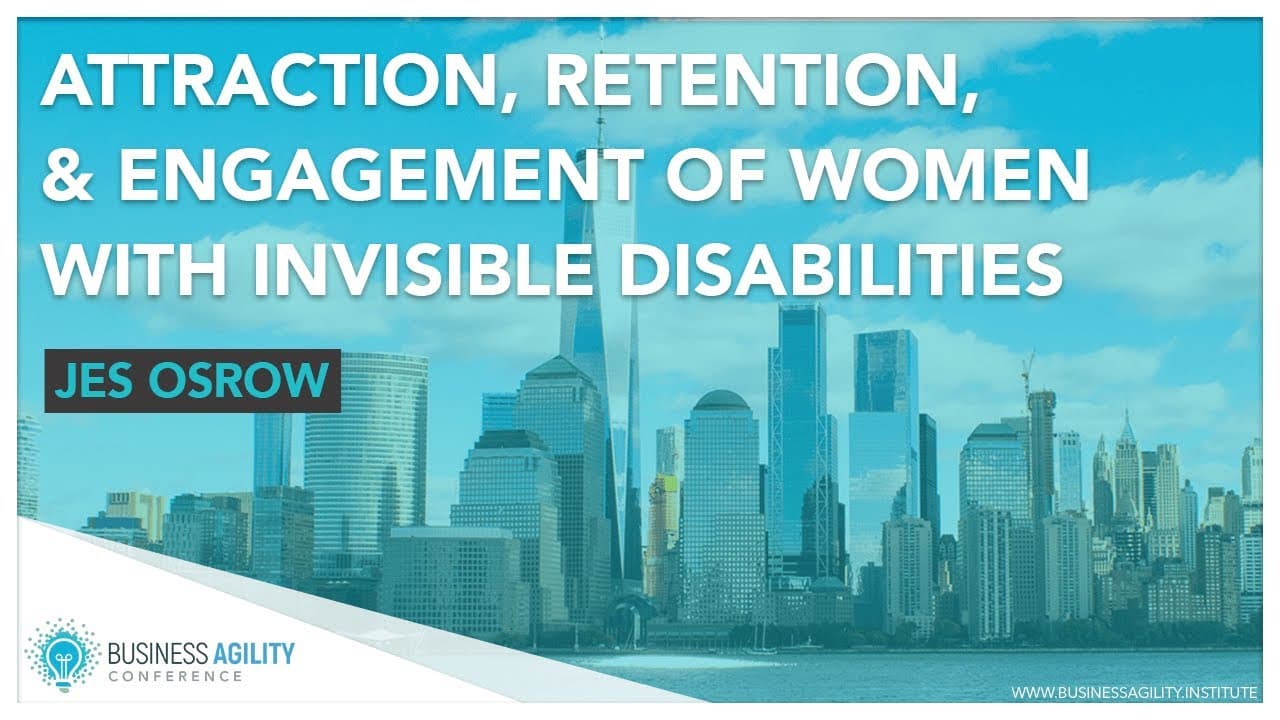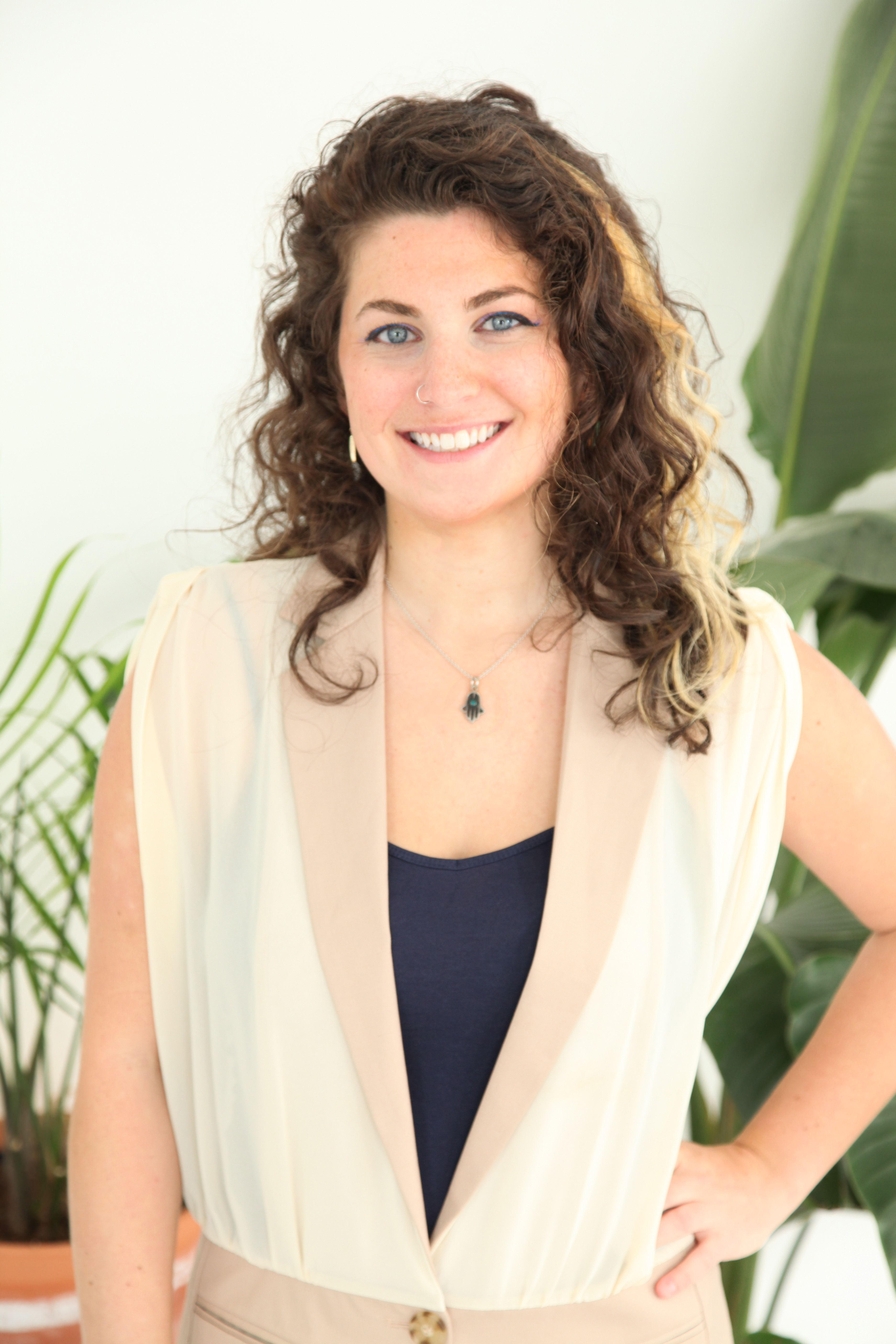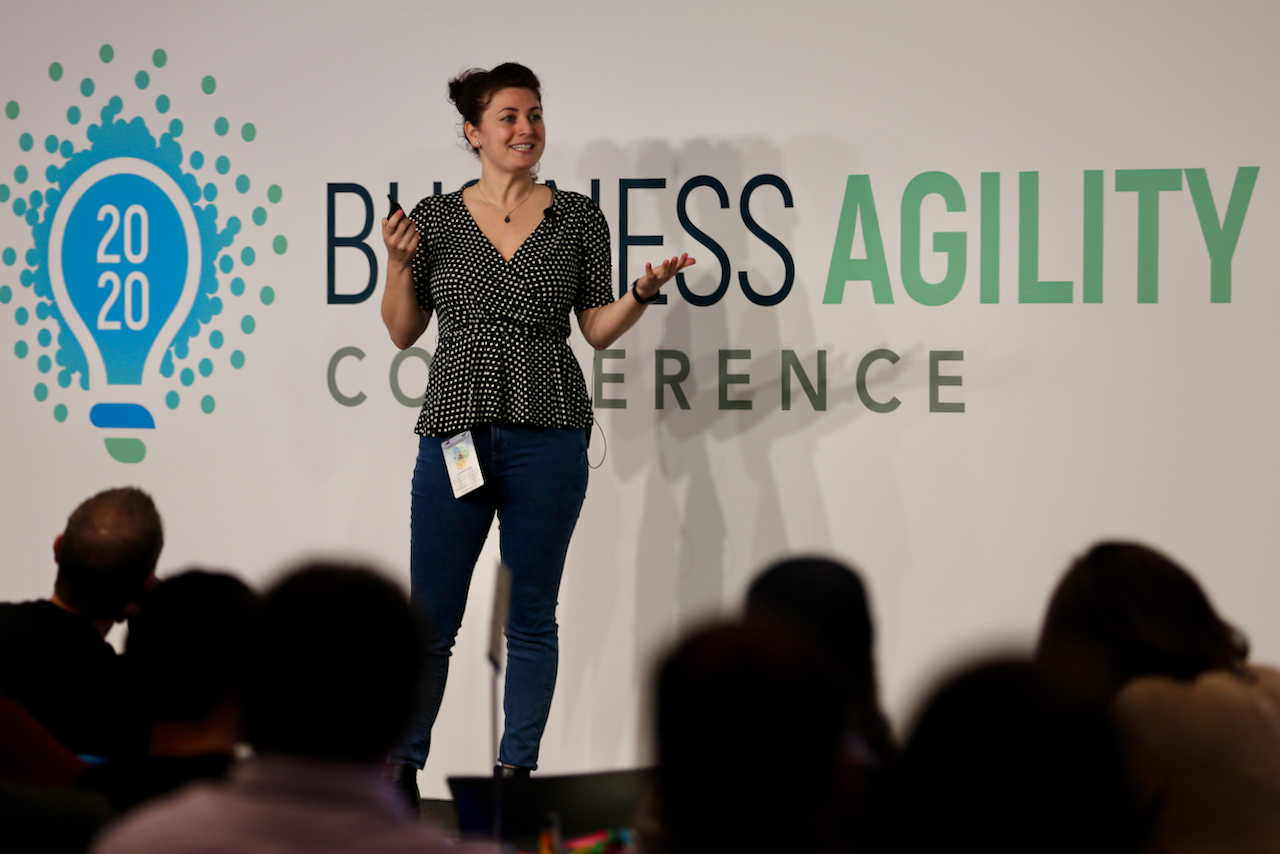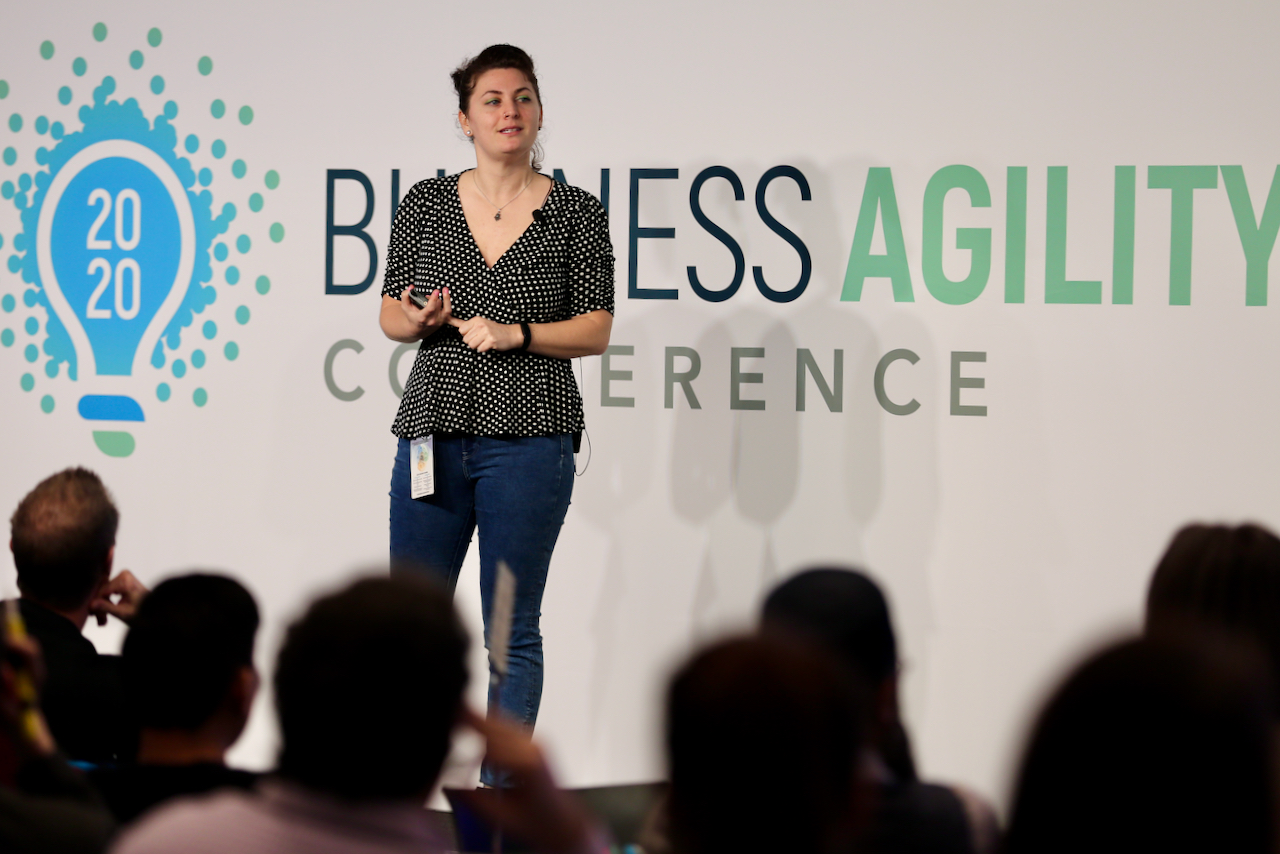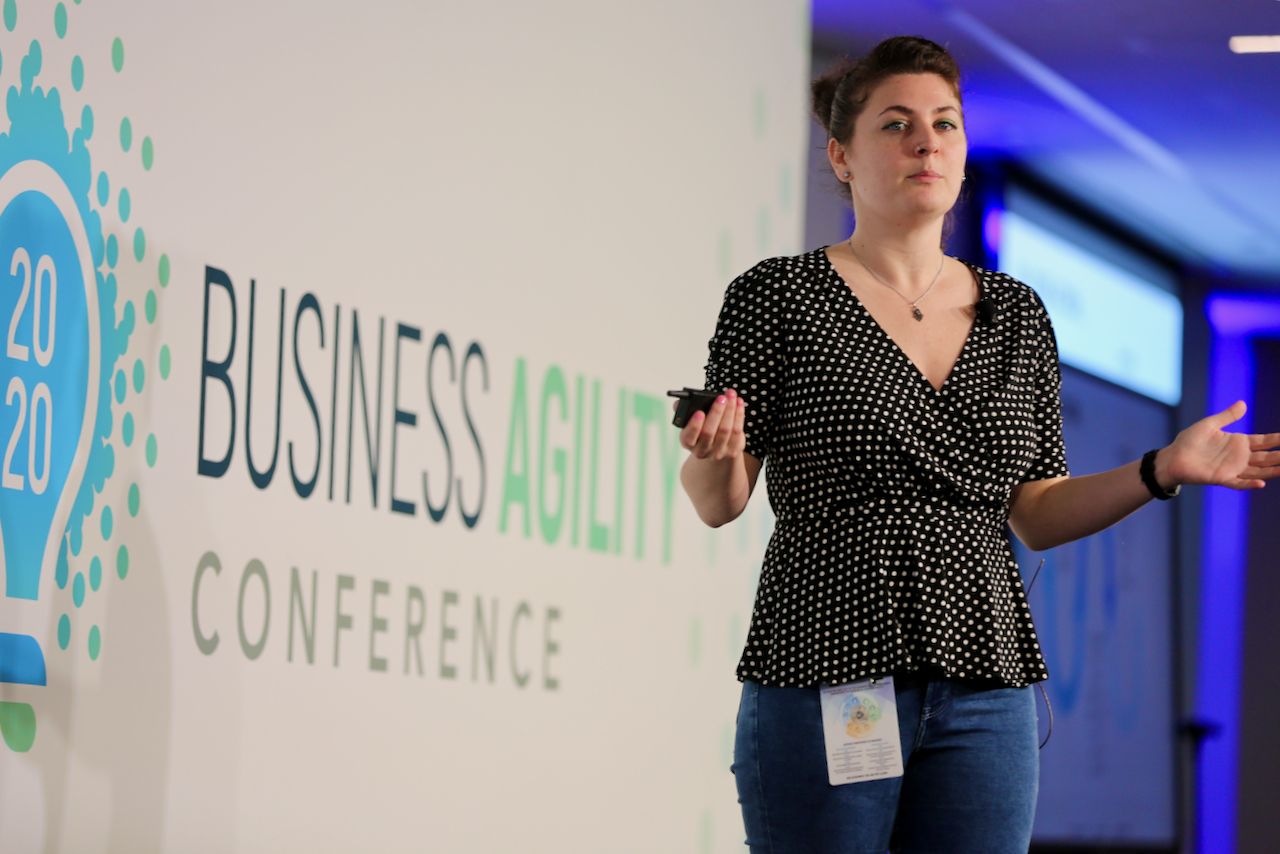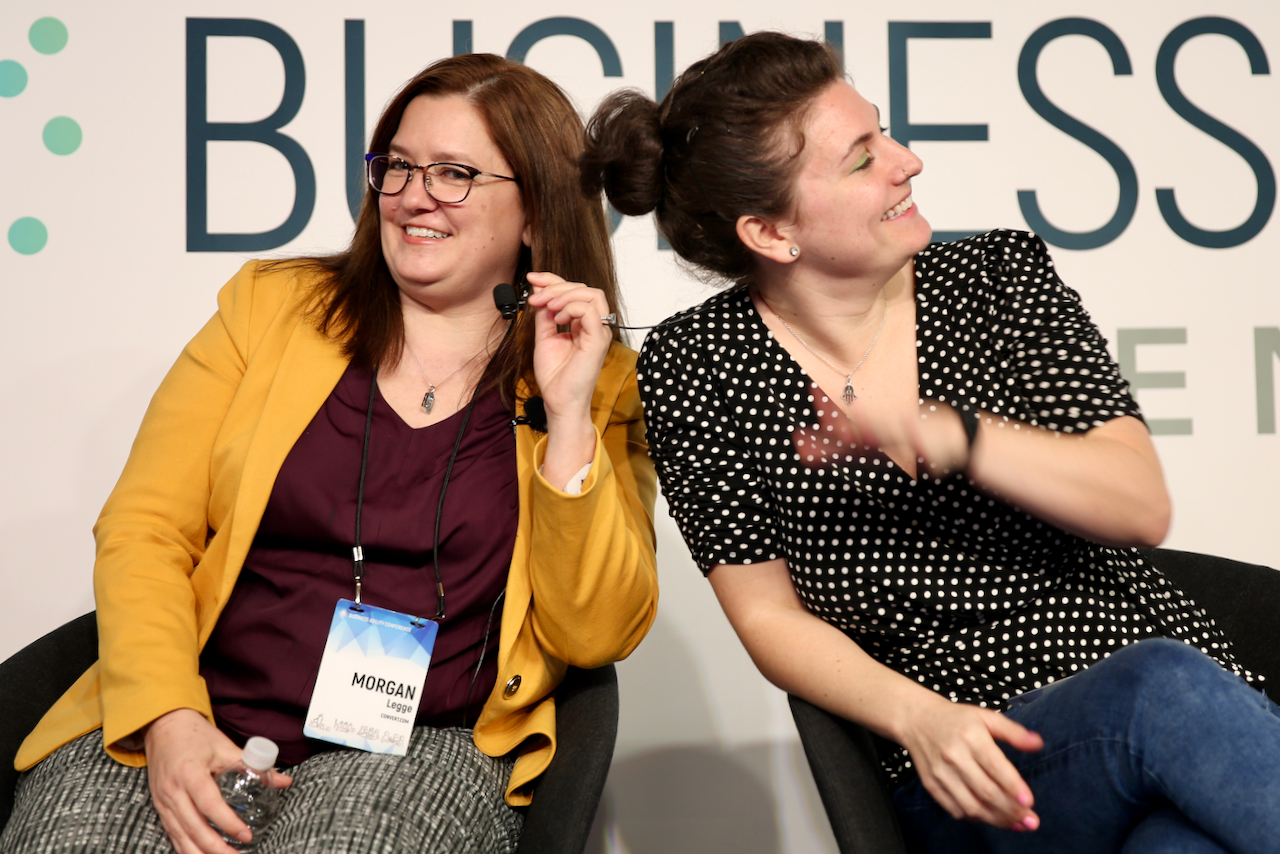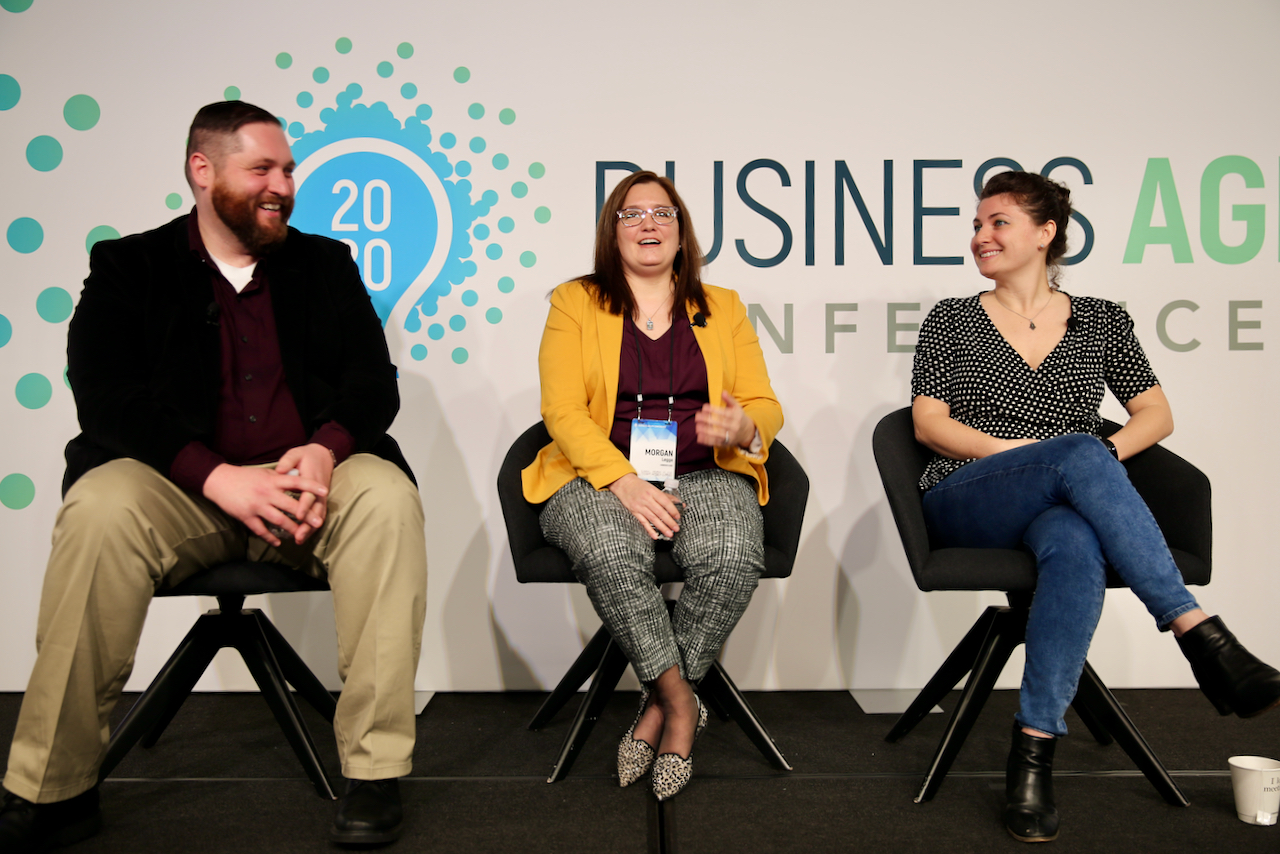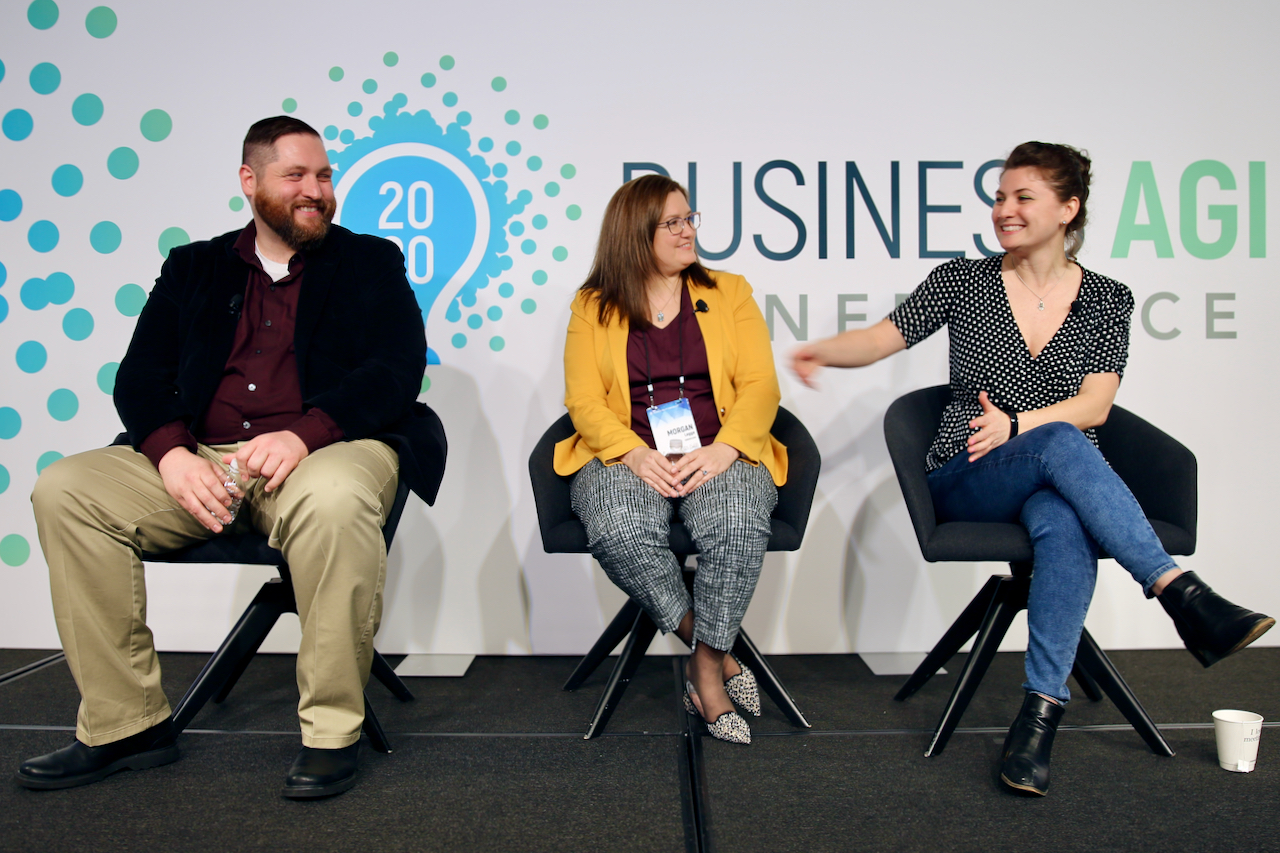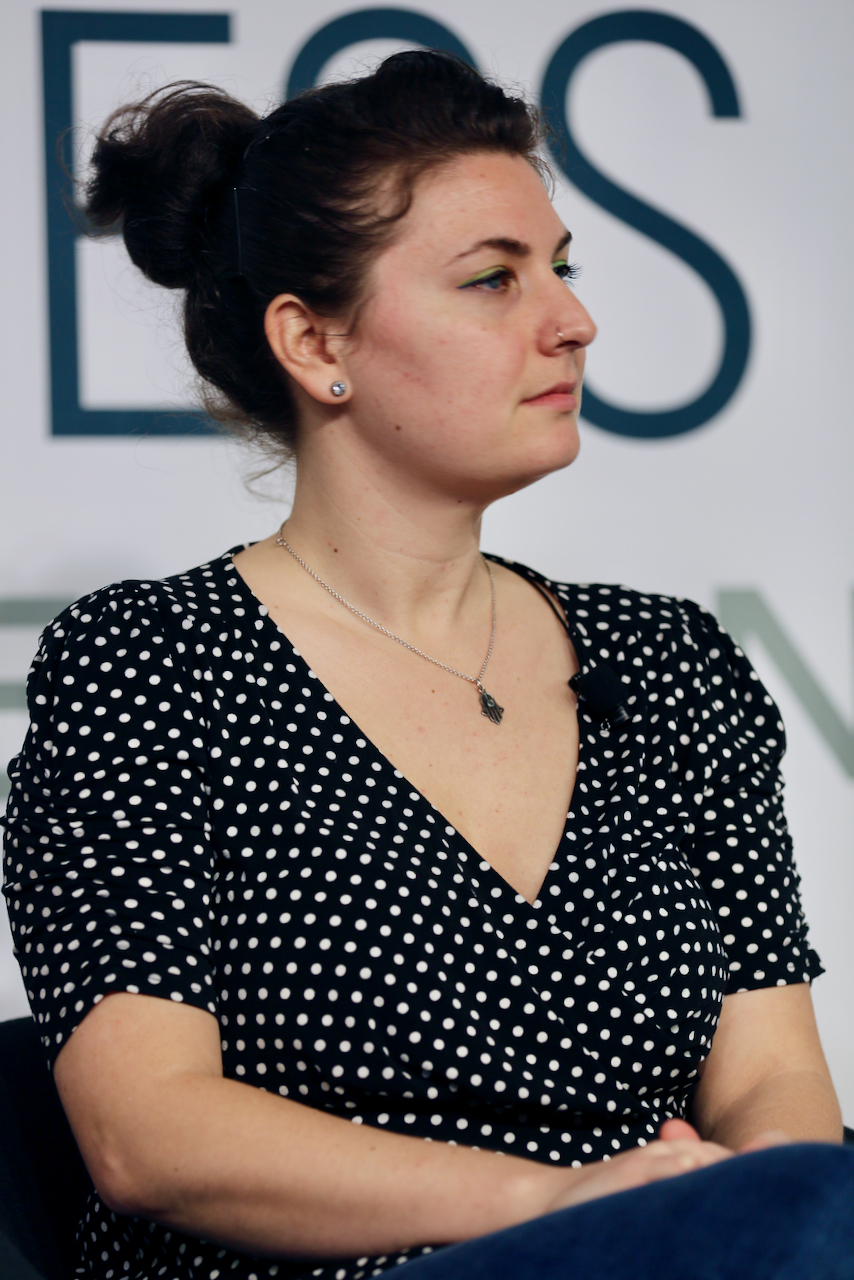Who here has heard of the term "invisible disability" or "hidden disability" before? Raise your hand. Okay, now who here feels a little uncomfortable or awkward talking about disability in any form? I know I do. It’s one of those conversations that can feel uncomfortable—but it's a conversation we need to have.
So, thank you for having me here today. If this feels uncomfortable at any point, you're in the right place, and you're doing the right thing.
The Reality of Invisible Disabilities
In my research, I found that 88% of women with invisible disabilities do not disclose them as part of the job application process. That means only 12% do. This is a huge problem.
As a diversity and inclusion advocate, I know many organizations are working hard to increase diversity in a number of areas. But how can we address disability if people don’t feel safe identifying? This lack of disclosure signals a lack of trust in organizations. It shows that discrimination is a real fear—one that exists before a person even enters the workplace.
What Counts as an Invisible Disability?
There are many invisible disabilities, far more than I can list here. The biggest thing you should note is that not all of these are recognized as disabilities under U.S. law. That creates another challenge—how do you ask for accommodations when the government doesn't even recognize your condition?
My Journey into This Research
My research started in 2017. I was with my roommates, throwing a party. In the picture I have from that night, I look happy. I’m holding a giant shrimp pillow I brought back from Thailand—something I’d save second in a fire, right after my cat.
But in reality, I was depressed. I was exhausted. My long-term boyfriend had just broken my heart, I had received a bad and unwarranted performance review at work, and I was struggling. I wondered, “Who else feels like this? Why aren’t we talking about it?”
I reached out to my communities, specifically my women-only communities. I asked: Who else has felt like this? Why are we keeping quiet about this?
The response was overwhelming.
The Need for Safe Spaces
Women told me they felt discouraged. They didn’t know where to go. They had joined these women-only communities because they were the only safe spaces available. Many of them didn’t even feel validated in their disabilities—because legally, some of them weren’t considered "real" disabilities.
Ten women immediately responded, thanking me for speaking up. I interviewed them, searching for commonalities, looking for a community I could be part of.
I found three core themes that emerged time and time again. I’ll address those later.
Facing Rejection at a Women’s Tech Conference
Excited about my findings, I submitted to speak at Grace Hopper, the biggest and most progressive tech conference for women. I was just beginning my journey as a public speaker, but I thought, “This is my space. This is my community.”
Of course, I got rejected.
Their response? "We don’t know enough about this topic to let you present because our audience won’t understand it."
Let that sink in. The most progressive women’s tech conference in the world told me they didn’t know enough about invisible disabilities to allow someone to speak about them.
According to the CDC, in 2017, 27% of women identified as having a disability, whether physical or invisible. And those were just the women willing to disclose it.
That’s 1 in 4. Look around this room. How many of us are struggling in silence?
Taking Action
After Grace Hopper’s rejection, I was frustrated. But I’m not someone who gives up easily.
Ten people weren’t enough. I needed to go bigger.
I created a Google form. I wrote a big disclaimer at the top: “I’m just a woman with depression and anxiety. I was rejected from Grace Hopper. I want to hear your thoughts. I have no money to offer you—just a space to talk.”
102 responses in 7 days. Over 100 pages of content. A community crying out for support.
I was overwhelmed. I wasn’t a researcher, an academic—I was just a person trying to understand. But I had tapped into something big.
Key Findings from My Research
Some of the key findings included:
- 43% of women said they had asked for reasonable accommodations—whether or not they had disclosed their disability.
- Invisible disabilities impact productivity. If someone is struggling and can’t ask for accommodations, they are less productive. If they can rest when they need to, they return twice as productive.
- Companies that proactively provide accommodations see better results. Simple things like adjustable desks, remote work stipends, or flexible schedules make a huge difference.
The Three Core Themes
1. Coping Skills Become Superpowers
One woman with narcolepsy told me that in college, people thought she was a slacker because she kept falling asleep in class. She had to teach herself everything. Later, that same skill made her an incredible software engineer.
2. Stunted Career Growth
Many women I spoke to couldn’t fit into the traditional 9-to-5 workplace. They turned to entrepreneurship or side hustles instead. We wonder why there aren’t more women in the C-suite—maybe we should start talking about disability.
3. The Need for Safe, Supportive Communities
Women-only spaces were crucial. Men and allies play a role, but having spaces designed for women to share experiences safely is essential.
What Companies Can Do
Here are three policies every organization should have if they want to support women with invisible disabilities:
- Comprehensive healthcare (including mental health and disability benefits).
- Generous paid leave (consider minimum vacation policies instead of unlimited leave).
- Remote work flexibility (allow for doctor’s appointments, mental health days, or adjusted schedules).
Final Thoughts
Invisible disabilities are real, and they are present in your workplace right now. Recognizing this is the first step.
Retention matters. Imagine if 50% of your female workforce disappeared tomorrow. How many people would you need to hire and train? How much productivity would you lose?
We have to be proactive. We have to recognize, empathize, and lead by example.
And most importantly, we have to keep talking about this. Because we matter.
Thank you.

